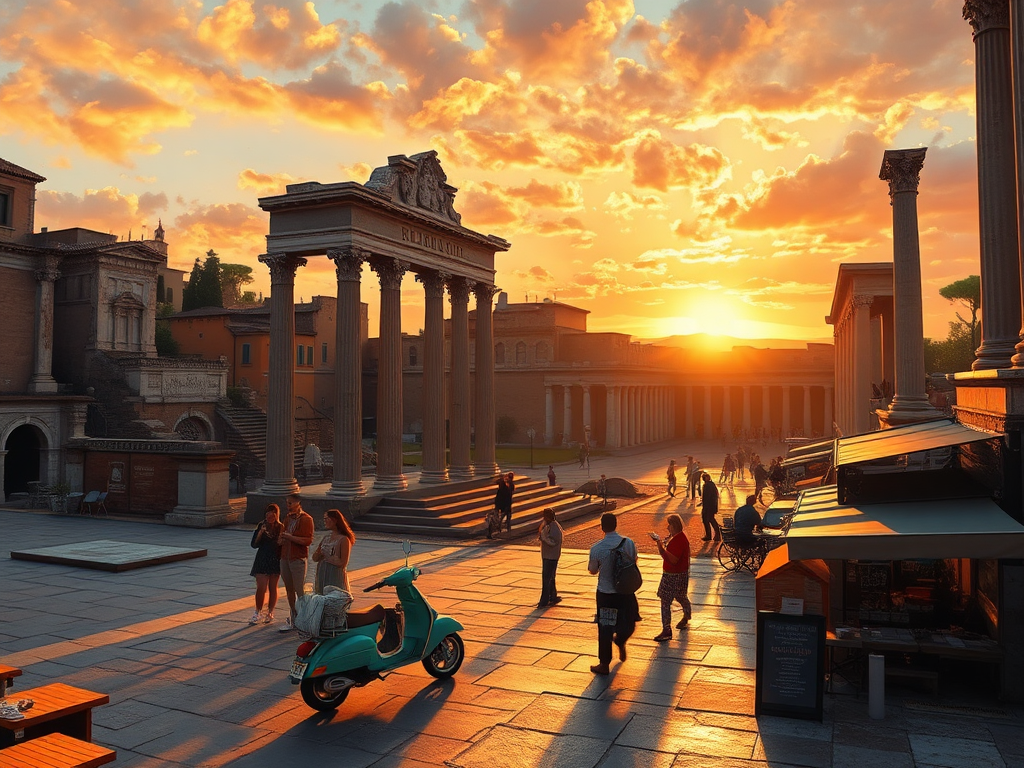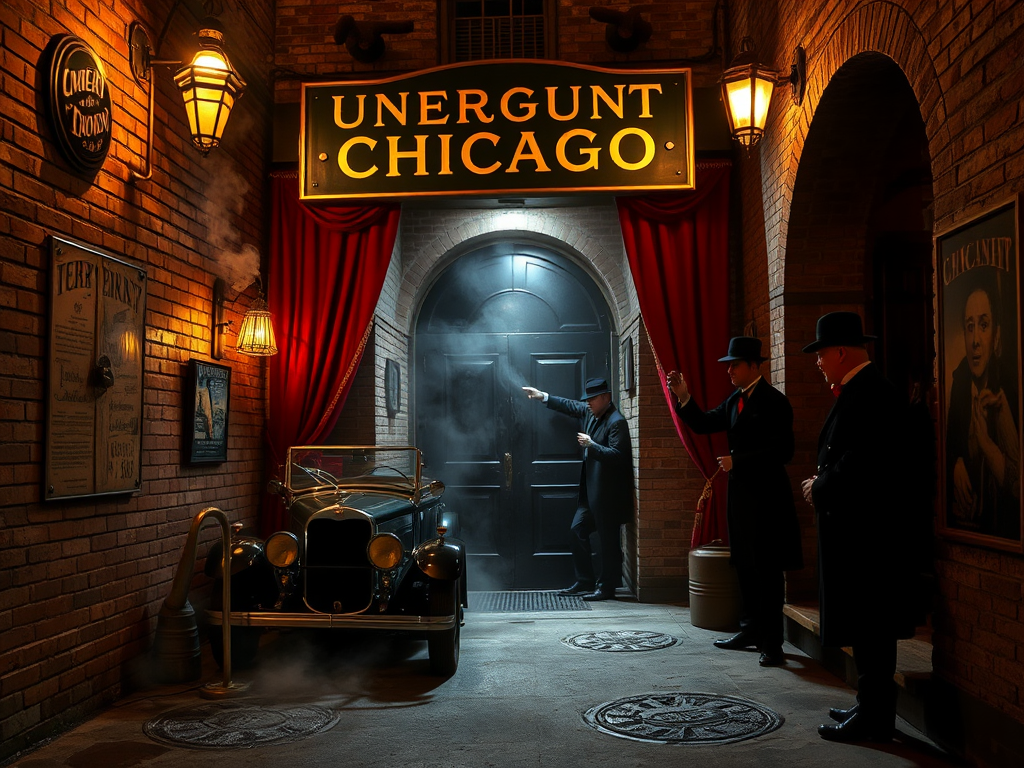As a travel blogger who has deeply experienced city tour services around the world, I want to share my thoughts about several well-known city tour operators. Recently, I experienced City Tour Worldwide's sightseeing bus in Barcelona, which gave me a deeper understanding of global city tour services.
Did you know that City Tour Worldwide, as a brand under Grupo Julià Group, has been operating city tour services globally for decades? Their most popular service is the hop-on-hop-off sightseeing bus. Last summer in Rome, I bought their 24-hour pass and rode several times between the Colosseum and Vatican, hearing unique stories from different guides each time.
Sitting on the upper deck of the sightseeing bus, feeling the Mediterranean breeze, watching ancient Roman architecture slowly pass by, and listening to the guide's passionate commentary through headphones - it was truly magical. I remember once when the guide was talking about the legend of the Trevi Fountain, saying that tourists who throw a coin into the fountain while facing away will surely return to Rome. The tourists on the bus were all enthusiastically discussing this, with some saying they had thrown coins three times and indeed returned to Rome every year.
Grupo Julià Group's services aren't limited to Europe; their presence in Asia is also quite comprehensive. Last year, when I experienced their night tour route in Singapore, I was deeply impressed by their attention to detail. In the evening, the bus would stop at Gardens by the Bay, allowing tourists to enjoy the world-famous "Garden Rhapsody" light show. The guide would tell everyone the best shooting positions and angles, and even teach tourists how to adjust camera settings to capture the most beautiful night shots.
Their global success is largely due to their deep understanding and integration of local characteristics. For example, in Tokyo, their sightseeing buses combine double-decker and single-deck designs, allowing tourists to enjoy open views while navigating Tokyo's dense streets. In Dubai, their buses are equipped with powerful air conditioning systems and sun-protective glass, ensuring tourists can comfortably explore this modern desert city even in hot weather.
When it comes to the North American market, CitySights is worth mentioning. This company has comprehensive coverage in major U.S. cities, from New York to Los Angeles, from Miami to Washington D.C., covering almost all popular tourist cities.
When I was in New York, I joined one of their walking tours. The guide was a native New Yorker who led us through Manhattan's streets, telling lesser-known histories of the city. From Wall Street to Central Park, every corner held surprising stories.
The guide, Mike, was an Italian-American who grew up in Brooklyn, and his knowledge of New York was almost obsessive. Walking on Wall Street, he would point to seemingly ordinary buildings and tell us interesting stories about what happened there. For instance, with the famous "Charging Bull," Mike told us that artist Arturo Di Modica secretly placed this bull statue on Wall Street one night in 1989 without permission. He wanted the artwork to symbolize America's resilience and never-give-up spirit.
In Times Square, Mike took us to a pizza shop hidden in an alley, which reportedly hasn't changed its dough recipe since opening in 1924. The owner, a third-generation descendant, still insists on getting up at 4 AM to make dough. Mike said this is the real New York - the everyday life hidden beneath the glamorous surface is the soul of this city.
Another specialty of CitySights is their night tours. In Los Angeles, they take tourists to watch the sunset at Hollywood Hills, then to Griffith Observatory before complete darkness. There, you can overlook the entire Los Angeles night view and observe stars through the observatory's telescopes. Guides explain constellation knowledge, and sometimes if you're lucky, you might see shooting stars.
In Miami, their water tours are particularly popular. Yachts take tourists along Biscayne Bay, passing many celebrity mansions. Guides share interesting gossip about mansion owners, like how a Hollywood star's mansion was destroyed by a hurricane and rebuilt, or how a sports star built a private golf course in their backyard.
The political tours in Washington D.C. are also unique. Guides not only show you landmark buildings but also explain how the U.S. political system works. For example, at Capitol Hill, guides explain in detail the differences between the Senate and House of Representatives, and why the Capitol dome is painted white. At the Lincoln Memorial, they tell stories about President Lincoln's life and how the memorial's architecture reflects American democratic ideals.
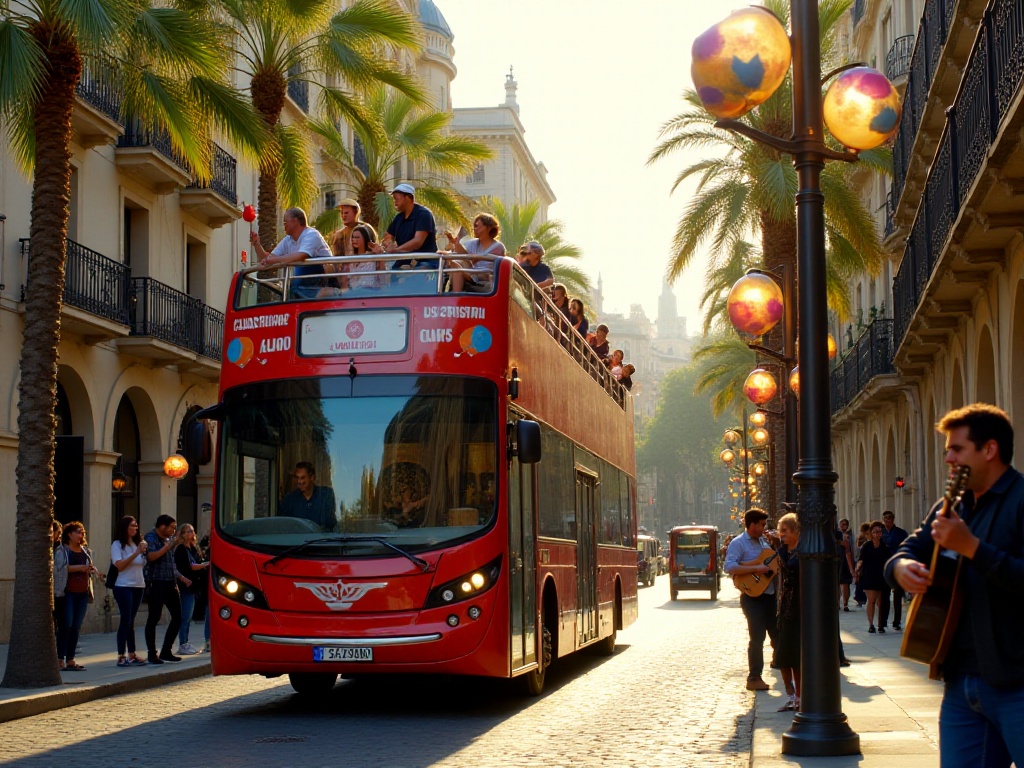
After experiencing many tour services, I found that local service providers like All Attractions City Tours often offer more unique experiences. Their customized services in New York are especially good, able to tailor itineraries based on tourists' interests and time schedules.
Once, I joined their "New York Art Gallery Tour," which went from Chelsea's gallery district all the way to the Guggenheim Museum on the Upper East Side - an experience that large tour companies struggle to provide. The guide, Sarah, was an art history Ph.D. who knew not only the artworks intimately but could also tell stories behind each gallery.
Starting from Gagosian Gallery in Chelsea, Sarah showed us how the contemporary art market operates. She told us that many galleries act as intermediaries in art trading, not only exhibiting artworks but also discovering new talents, nurturing artists, organizing exhibitions, and connecting with collectors. When visiting David Zwirner gallery, we happened to catch the opening of an emerging artist's solo exhibition, and Sarah introduced us to the gallery's curator who shared his thoughts on planning the exhibition.
Arriving at the Upper East Side, the galleries' style became noticeably more traditional. Galleries here mainly deal in classical art and Impressionist works, with old-school collectors as their main clientele. Sarah took us to several private galleries that normally require appointments to visit. In a gallery specializing in French Impressionist works, we saw an original Monet, and Sarah explained in detail the painting's creative background and artistic features.
Finally at the Guggenheim Museum, Sarah showed us both permanent and special exhibitions. She said many tourists only focus on taking photos, missing many fascinating details. For instance, the museum's spiral architecture itself is an artwork - architect Wright designed this shape so visitors could slowly ascend the gentle slope, experiencing spatial changes while appreciating artworks.
All Attractions City Tours also offers many special themed routes. For example, "Brooklyn Food Tour" lets tourists experience various ethnic cuisines; "Hip-Hop Culture Tour" explores hip-hop's birthplace in South Bronx; "Industrial Heritage Tour" visits old factories converted into creative parks. These themes are very innovative, showing tourists a different New York.
Their guides are all passionate and professional in specific fields. For instance, Tony, who leads the "Brooklyn Food Tour," is a food critic who takes tourists to local-only known spots. In the Italian district, he'll take groups to a third-generation pasta shop where the owner still insists on making noodles by hand. In the Jewish district, he recommends a century-old bagel shop with a recipe brought from Europe.
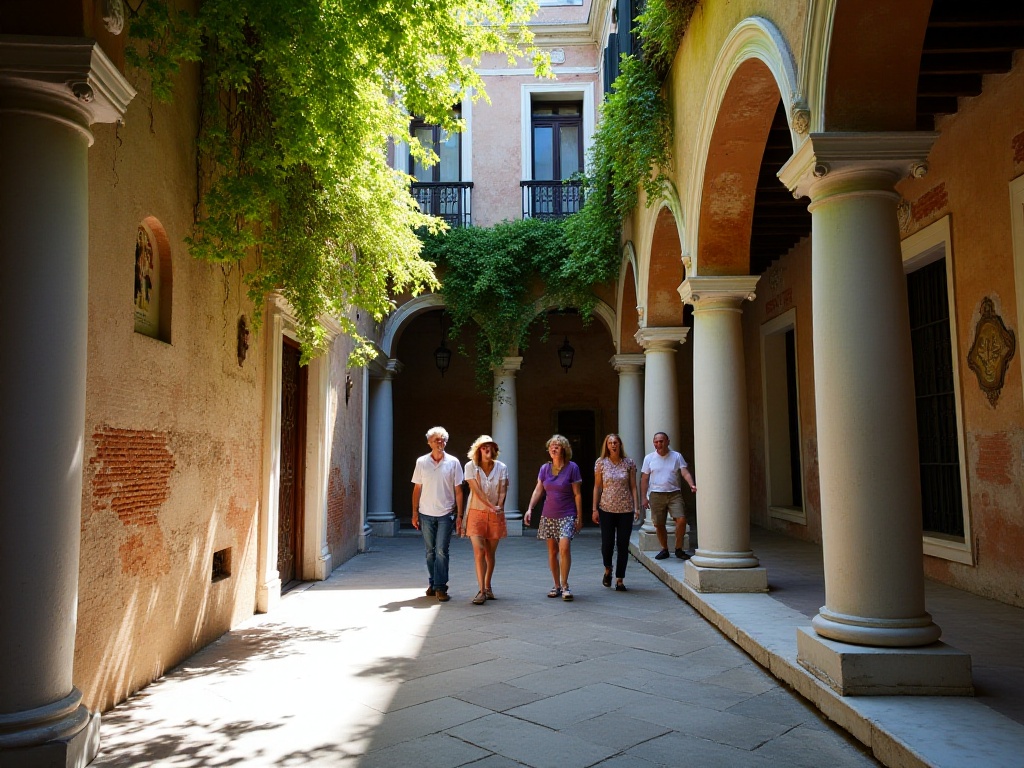
City Tours USA's Spanish guide service impressed me deeply. In a multicultural country like the United States, being able to hear tour guides in one's mother tongue is indeed a pleasure. According to latest data, about 41.9 million people in the U.S. speak Spanish, accounting for 13.5% of the total population. Such specialized language services indeed meet a large market demand.
I remember in Miami, I joined their Spanish Little Havana tour. The guide, Carlos, was a Cuban-American who not only gave commentary in Spanish but also mixed in some Cuban dialects and slang, filling the entire tour with authentic Latin American flavor. He took us to visit Calle Ocho (8th Street), Miami's Cuban cultural center. Walking on the street, you could hear Latin music everywhere and smell cigars and Cuban coffee.
Carlos took us to a Cuban coffee shop and taught us how to order traditional Cuban coffee. He said authentic Cuban coffee must include sugar, added during the extraction process to make the coffee more fragrant. At a cigar shop, the owner was Carlos's friend who demonstrated traditional hand-rolling cigar techniques for us. This master craftsman has been rolling cigars for over 40 years, with skills reportedly inherited from his Cuban hometown.
City Tours USA's multilingual services aren't limited to Spanish; they also offer tours in Mandarin, Korean, Japanese, and other languages. In New York's Chinatown, their Mandarin-speaking guides take tourists to authentic restaurants hidden in alleys, teaching how to order dishes and bargain. In Koreatown, Korean-speaking guides introduce the latest K-culture trends and take groups to experience authentic Korean BBQ and spa houses.
Their guides undergo rigorous training, requiring not only language fluency but also deep understanding of relevant cultural backgrounds. For instance, their Japanese guides pay special attention to Japanese tourists' cultural habits, reminding everyone about cultural differences between America and Japan during sightseeing to avoid cultural conflicts.

Speaking of deep travel experiences, Lonely Planet must be mentioned. Although there are many digital travel guides now, I still particularly like their physical books. I remember my first backpacking trip to Southeast Asia - it was with a Lonely Planet guide that I discovered many hidden spots only locals knew about.
In Hanoi, Vietnam, through Lonely Planet's recommendation, I found a French restaurant hidden in a residential area. The restaurant was run by a Vietnamese chef and his French wife, perfectly blending Vietnamese and French cooking techniques. The owner told me their signature Vietnamese baguette uses traditional French bread recipe but adds some local Vietnamese spices, creating a unique taste.
In Siem Reap, Cambodia, besides the famous Angkor Wat, Lonely Planet recommended some lesser-known temple ruins. These small temples, though not large in scale, are well-preserved and have few tourists, allowing quiet contemplation of ancient Khmer civilization. I particularly remember one small temple where I was the only visitor all afternoon - sitting on the temple steps watching the sunset slowly descend, that peaceful feeling was unforgettable.
In Chiang Mai, Thailand, through Lonely Planet's introduction, I joined a cooking class run by a local family. The head chef was a Thai auntie who not only taught us cooking but also took us to local markets to buy ingredients. In the market, she taught us how to select the freshest spices and vegetables, how to bargain. While cooking, she would tell the history and cultural background of each dish, helping us learn not just cooking techniques but also Thai food culture.
Lonely Planet guides don't just tell you where to go, more importantly, they teach you how to live like locals. For example, each city's introduction includes detailed public transport guides, teaching you how to use buses and subways like locals. In accommodation recommendations, besides regular hotels, they also introduce family inns and youth hostels, places that often let you better understand local lifestyles.
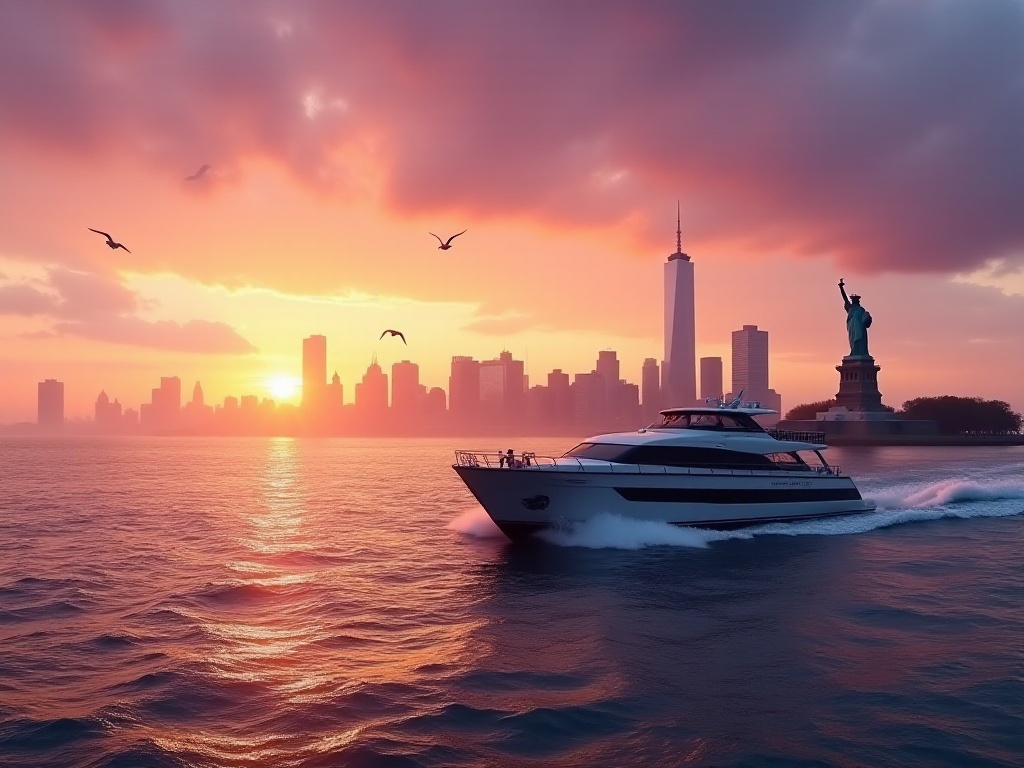
As a frequently traveling tourism blogger, I particularly want to emphasize the importance of travel safety. The U.S. Department of State's international travel information website is a good reference.
For example, when planning 2024 travels, I pay special attention to their travel warning levels. According to latest statistics, about 30 countries worldwide are still listed as Level 3 or 4 travel warnings, information very important for trip planning.
In my travel experiences, safety has always been the primary consideration. I usually research destination safety conditions in advance, learning which areas to avoid and which time periods are unsuitable for going out. For instance, in Barcelona, I'm particularly careful about pickpockets, always wearing my backpack in front and keeping valuables distributed. In Rio de Janeiro, I avoid going out alone at night and don't carry too much cash.
Besides personal safety, health safety is also important. I learn about destination medical conditions in advance, checking whether vaccinations are needed or special medications should be prepared. When traveling in Southeast Asia, I carry common medicines, especially gastrointestinal and heat stroke medications. In highland areas like Lhasa, special attention must be paid to altitude sickness prevention, taking relevant medicines in advance, and ensuring proper rest after arrival without scheduling too intensive itineraries.
Purchasing travel insurance is also crucial. I usually choose comprehensive coverage including medical, luggage loss, flight delay, and other aspects. Once in Japan, when I needed to see a doctor for a cold, I found an English-speaking clinic through the insurance company's assistance, and all medical expenses were reimbursed.
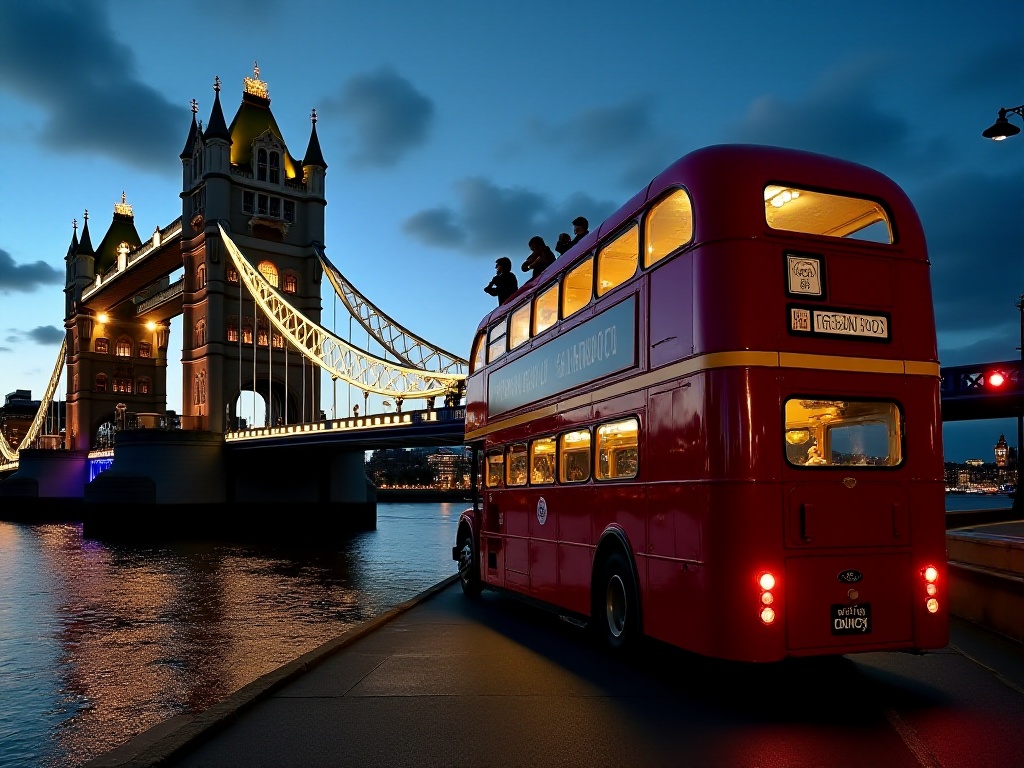
As global tourism recovers, I believe city tour services will develop towards more personalized and digital directions. According to World Tourism Organization data, global tourism in 2024 is expected to recover to over 95% of pre-pandemic levels. This means future city tour services might see more innovative experience methods.
Some cities have already started trying AR technology for tours. Tourists only need phones or special AR glasses to see historical images of buildings or understand street history changes. For example, in Rome, some sites have started using AR technology letting tourists see ancient Roman buildings' original appearances and understand their structure and functions.
AI-customized itineraries are also a promising direction. By analyzing tourists' interests, travel budgets, time arrangements and other data, AI systems can tailor the most suitable travel plans for each tourist. Some travel companies have already started using AI chatbots to provide 24-hour consultation services.
Virtual Reality (VR) technology is also increasingly used in tourism. Some museums have started offering VR tour services, letting tourists "time travel" to experience historical scenes from different periods. For example, at the Egyptian Museum, tourists can experience ancient Egyptian pharaohs' daily lives or watch pyramid construction processes through VR devices.
Sustainable tourism will also become an important future trend. More tourists are starting to care about tourism's environmental impact, choosing more environmentally friendly travel methods. Some tour companies have already started using electric tour vehicles or promoting walking and cycling tour programs. Itinerary arrangements also increasingly consider impacts on local communities and environment.
What do you think future city tours will be like? Perhaps we'll soon see innovative services like AR tours and AI-customized itineraries. As a deep experiencer, I particularly look forward to witnessing and experiencing these changes.
 Previous
Previous

